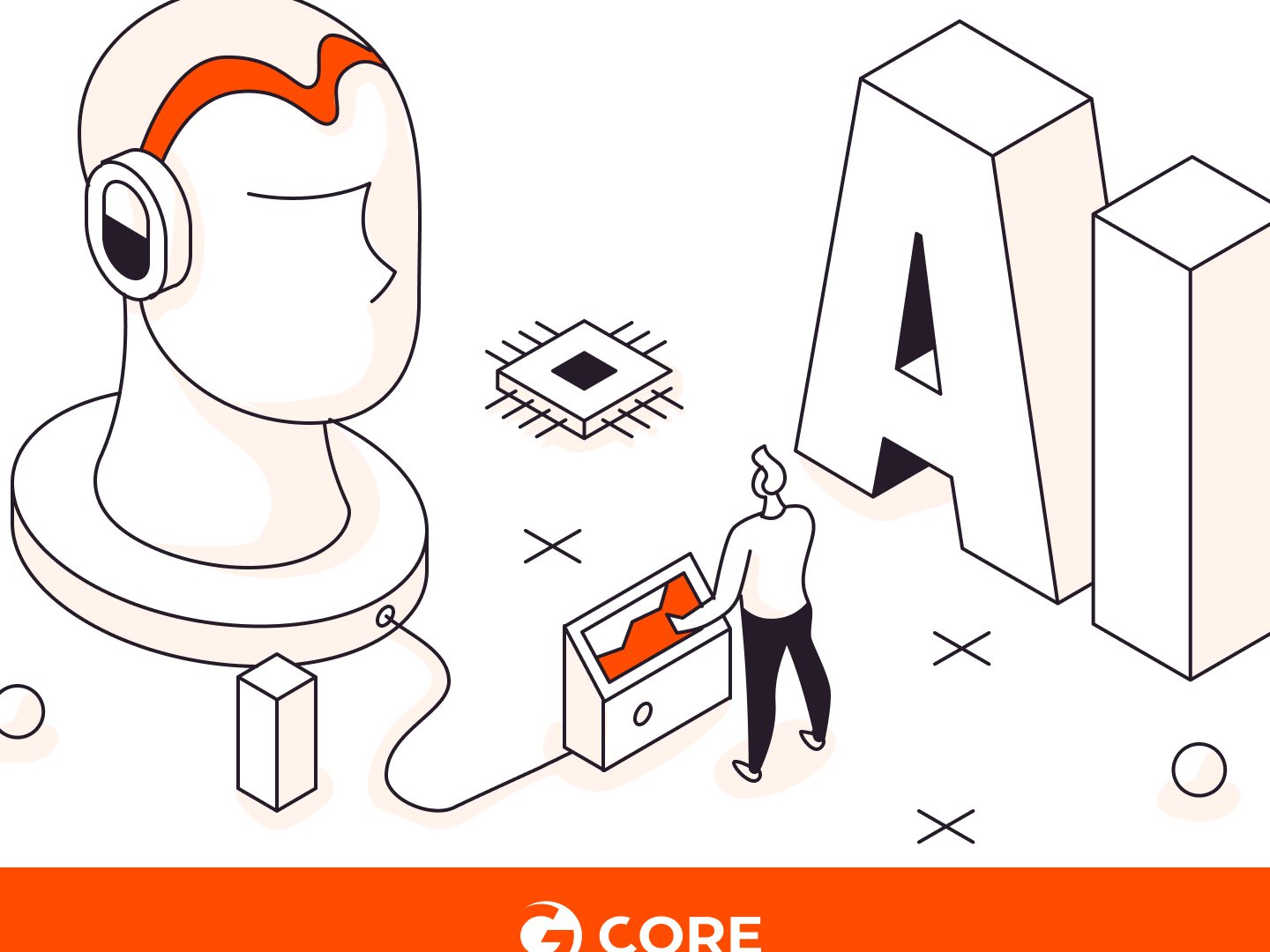Artificial Intelligence (AI) is a rapidly evolving field in technology that aims to create systems capable of performing tasks that typically require human intelligence. From personal assistants to autonomous vehicles, AI is becoming increasingly integral in our daily lives. This article will explore what AI is and how it operates in a straightforward manner.
Defining Artificial Intelligence
Artificial Intelligence, or AI, is the simulation of human intelligence in machines designed to think and learn like humans. AI systems can perform various tasks, such as understanding natural language, recognizing patterns, and making decisions. These systems use algorithms, which are sets of rules or instructions given to a computer to help it learn on its own. The ultimate goal of AI is to create machines that can perform complex tasks and solve problems as effectively as, or even better than, humans.
The Core Components of AI
AI systems are built on a few key technologies:
- Machine Learning (ML): This is a subset of AI that allows computers to learn from data and improve their performance over time without being explicitly programmed. Machine learning algorithms analyze data to identify patterns and make predictions based on this information. For instance, ML is used in email filters to identify and block spam.
- Deep Learning (DL): A specialized form of machine learning, deep learning uses artificial neural networks with many layers (hence “deep”) to analyze large datasets. This method is particularly effective in tasks such as image and speech recognition. Deep learning models are behind technologies like facial recognition and voice assistants.
- Natural Language Processing (NLP): NLP enables machines to understand and interact using human language. This technology is crucial for applications such as chatbots and translation services. NLP helps computers comprehend, interpret, and respond to human language in a way that is both meaningful and useful.
How AI Works
The operation of AI can be broken down into several stages:
- Data Collection: AI systems rely on large amounts of data to learn and make decisions. This data can come from various sources, such as sensors, databases, or user interactions.
- Data Processing: Once data is collected, it needs to be processed and cleaned to ensure accuracy. This step involves removing irrelevant information and organizing the data in a format suitable for analysis.
- Training: In the training phase, machine learning models are fed with processed data to learn patterns and relationships. The model adjusts its parameters based on the data to improve its performance. For example, a recommendation system on a streaming platform is trained to suggest content based on users’ viewing history.
- Testing and Validation: After training, the AI model is tested with new, unseen data to evaluate its accuracy and effectiveness. This step ensures that the model can make reliable predictions or decisions in real-world scenarios.
- Deployment: Once validated, the AI system is deployed in real-world applications. Continuous monitoring and updates are necessary to maintain its performance and adapt to new data or changes in the environment.
Real-World Applications of AI
AI is increasingly integrated into various sectors, providing significant benefits:
- Healthcare: AI assists in diagnosing diseases by analyzing medical images and patient data. It can also predict patient outcomes and personalize treatment plans.
- Finance: AI algorithms detect fraudulent transactions and assess risks by analyzing transaction patterns and financial data. They also help in automating trading and investment strategies.
- Retail: AI enhances customer experience through personalized recommendations and targeted marketing. It also optimizes inventory management and supply chain operations.
- Transportation: AI powers autonomous vehicles, improving safety and efficiency in transportation. It also assists in traffic management and route optimization.
The Future of AI
The future of AI holds immense potential. Advances in AI technology promise to revolutionize various industries by enhancing automation, improving decision-making, and creating new possibilities. However, this progress also brings challenges, such as ethical concerns and the need for robust security measures. Ensuring responsible development and implementation of AI is crucial to harness its benefits while mitigating risks.
In conclusion, Artificial Intelligence is a transformative technology that simulates human intelligence in machines. By understanding its core components, operational mechanisms, and real-world applications, we can better appreciate the role of AI in shaping our future. As AI continues to evolve, it will undoubtedly play an increasingly important role in our daily lives and the global economy.

